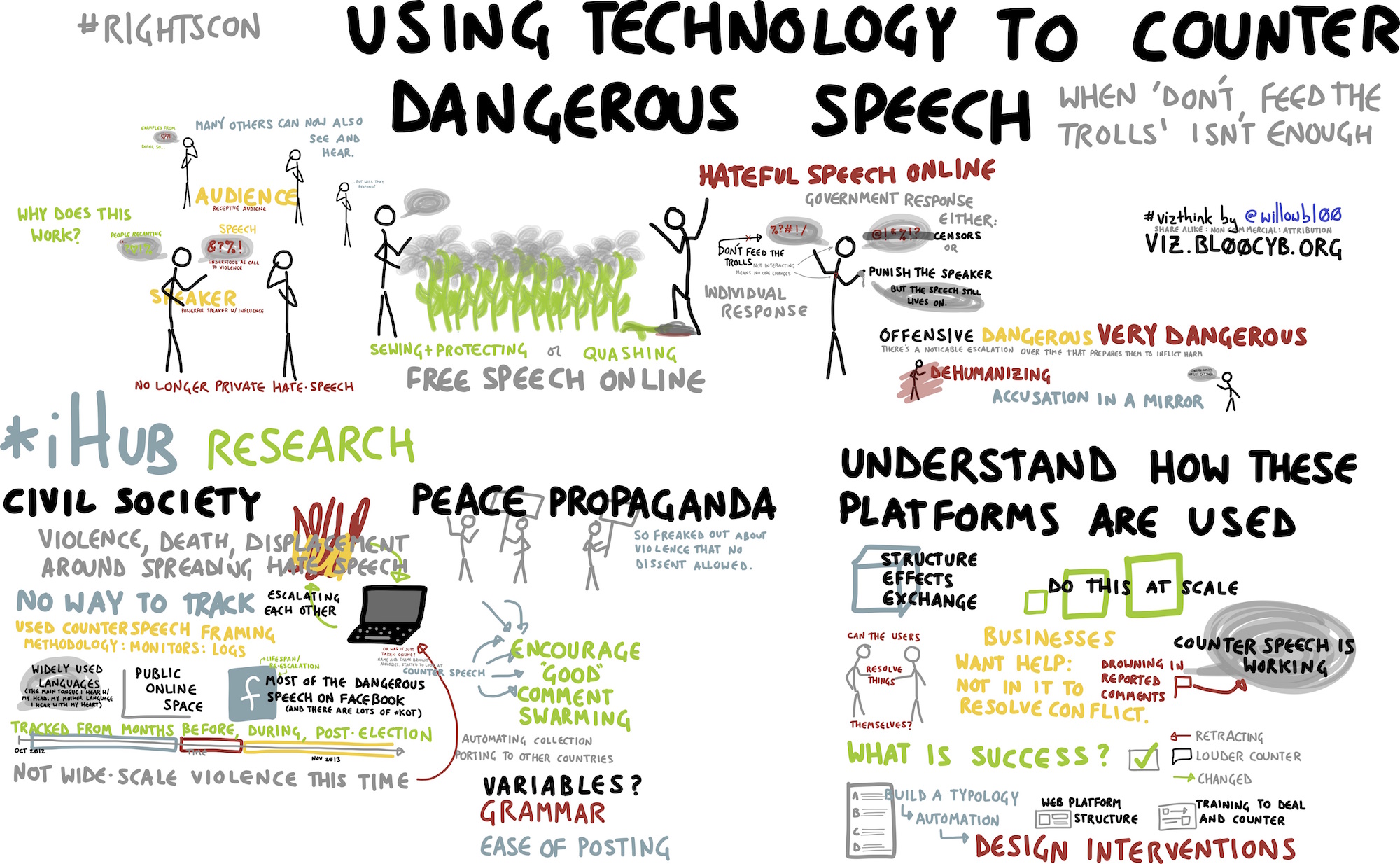Microblogging and the Information Marketplace
Instantaneous, brief, multimedia, public and posts, instantaneous, and words that begin with the pound sign. For those new to the format, these are the hallmarks of microblogging. Microblogging is the practice of posting in real-time brief messages that may contain text, links, images, or videos on social networking platforms (Dijck, 2011). The number of posts on these platforms is staggering. Consider the most well-known of the platforms, Twitter (now known as X). On average, over five hundred million posts are shared on the platform, making it difficult to identify authoritative and reliable sources. The ease of sharing any information through microblogging can facilitate the dissemination of false information that conceals the truth.
The counterspeech doctrine enshrined in a landmark 1927 U.S. Supreme Court case sets forth a principle for addressing dangerous and threatening expressions through discussions where more speech is preferred than enforcing silence (Howard, 2021). In the context of the internet, microblogging, artificial intelligence, and the ability of individuals to share their knowledge and opinions with a vast audience in a very brief period of time can the marketplace of ideas and expressions naturally regulate the proliferation of falsehoods and fallacies? Theoretically, the expansive reach of microblogging technology and its open democratic nature would allow for the truth to prevail. The same structure that supports microblogging can be rigged through well-coordinated misinformation campaigns and customized algorithms. At the moment, our reality suggests debunking falsehoods requires more time and effort than spreading them, handing the advantage to those seeking to disseminate falsehoods. Left unregulated, the potential damage of false information may have already been realized before a mitigating remedy can be developed.
The debate continues. In the meantime, join me in marveling at how technology continues to redefine the way we will thrive.
Reference
Dijck, J. V. (2011). Tracing Twitter: The rise of a microblogging platform. International Journal of Media & Cultural Politics, 7(3), 333-348.
Howard, J. W. (2021). Terror, hate and the demands of counter-speech. British Journal of Political Science, 51(3), 924-939.

Comments
Post a Comment